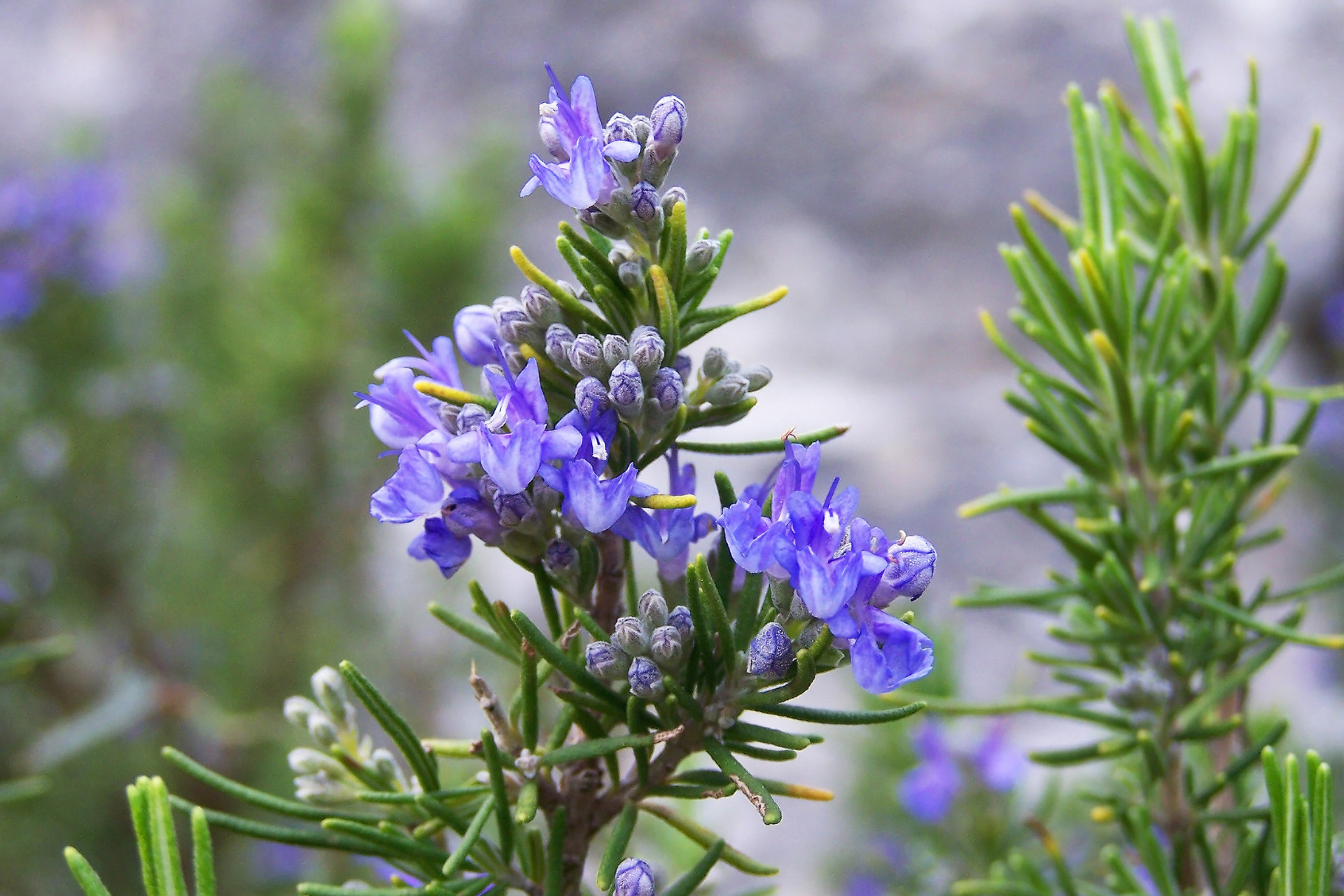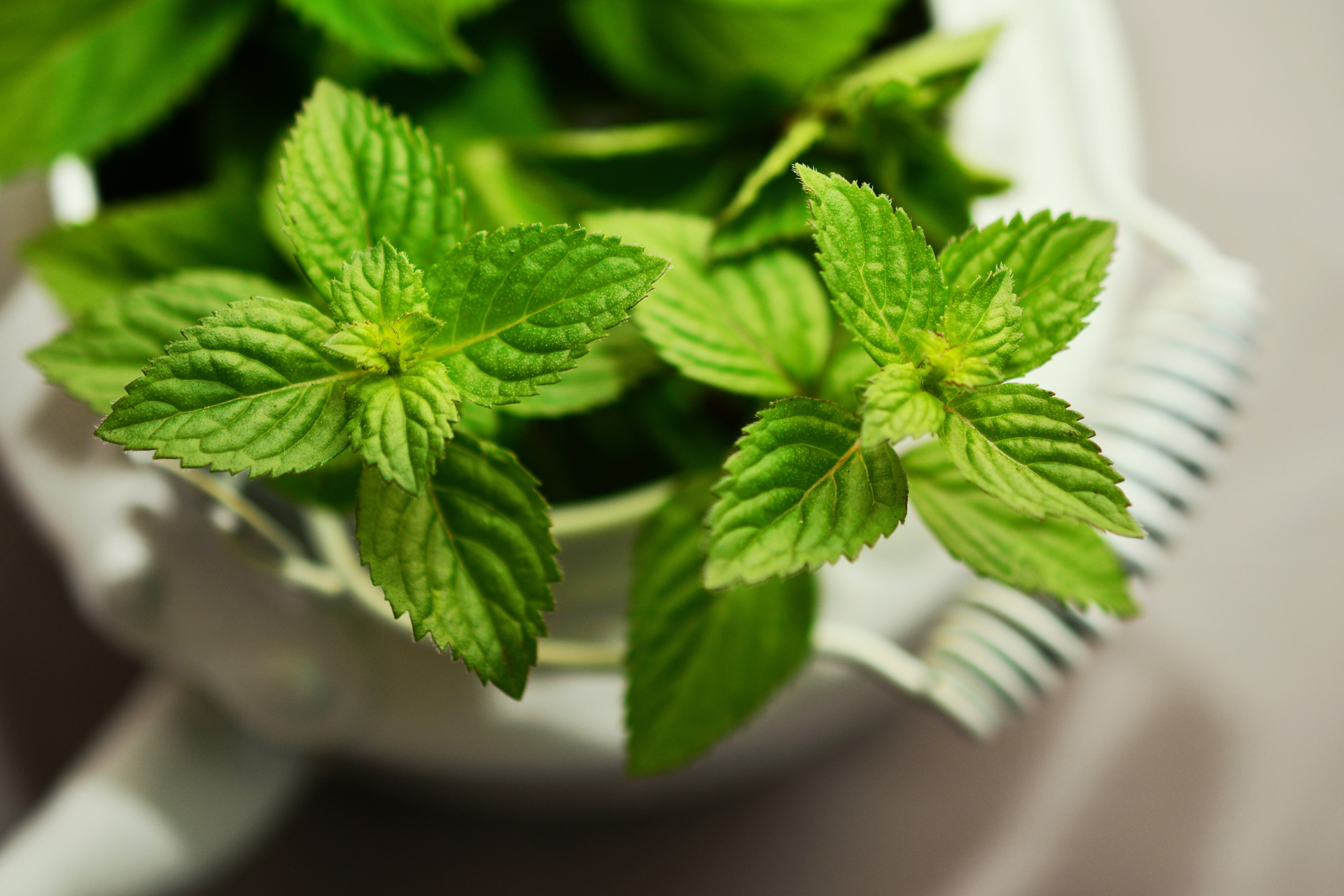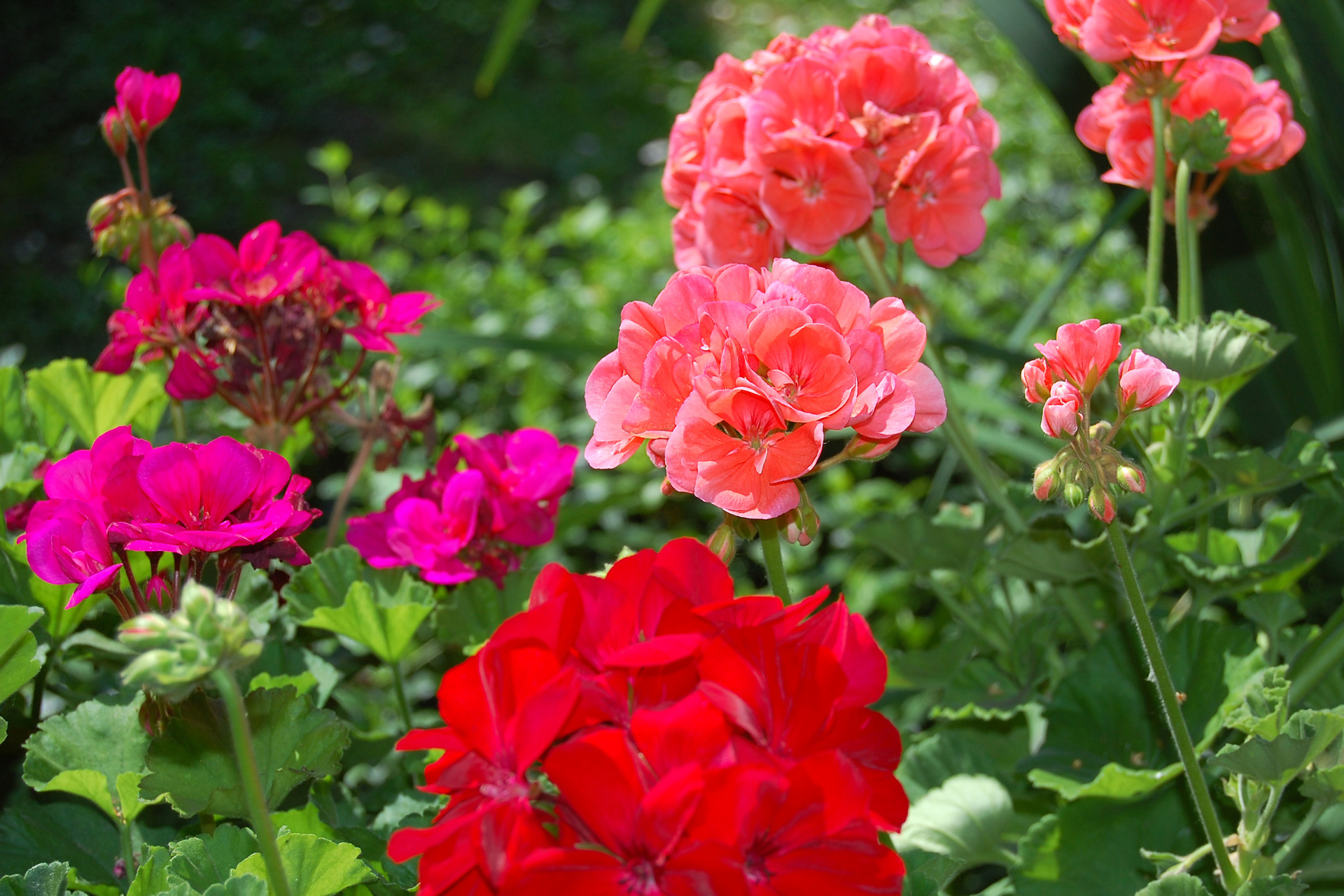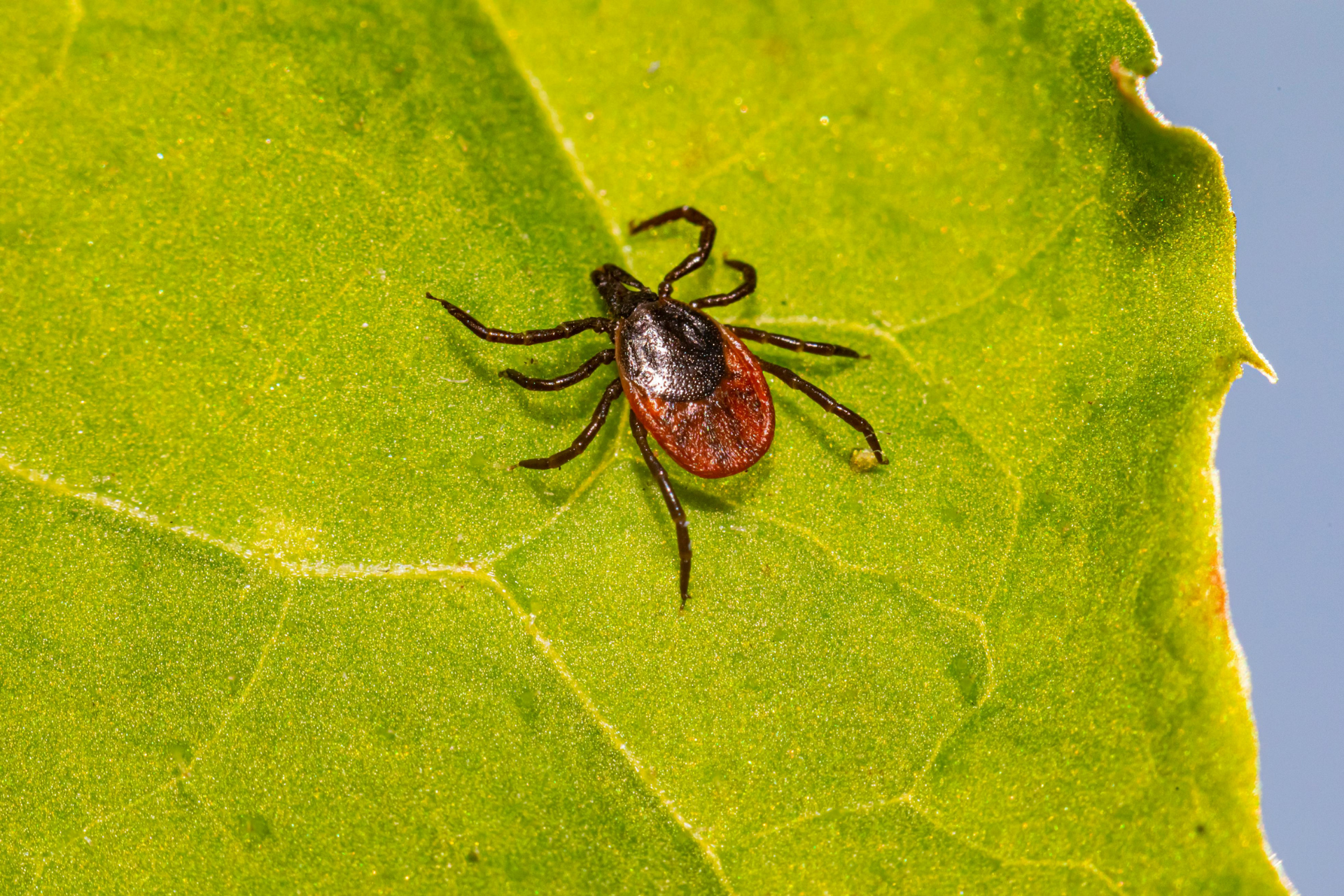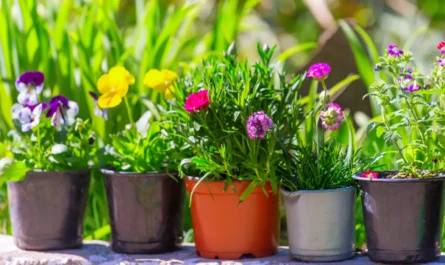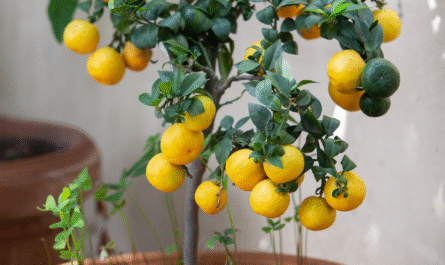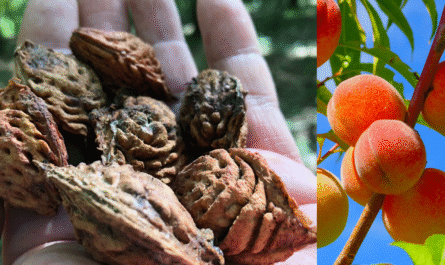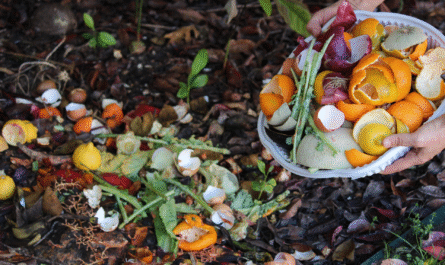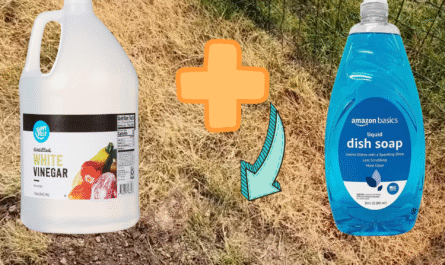A day outside should be relaxing, not a game of “dodge the tick.” But if you’re like me and spend a lot of time outdoors, gardening, barbecuing, or just watching the dog chase squirrels, you know how easily a single tick bite can turn a peaceful afternoon into a real health scare. Ticks aren’t just gross; they’re dangerous. Lyme disease, Rocky Mountain spotted fever, and other tick-borne illnesses are more common than most people think. That’s why I took a hard look at how to naturally defend my yard.
Over the years, I’ve learned that certain plants offer more than just visual appeal or culinary use, they can help drive ticks away. While no plant works like an invisible force field, many of them interfere with the way ticks detect hosts. Their natural compounds, like nepetalactone or citronellol, mess with a tick’s senses. When paired with smart landscaping and consistent yard hygiene, these plants can make a serious dent in the local tick population.
17 Plants That Will Keep Ticks Out of Your Yard
1. Catnip (Nepeta cataria)
Catnip is far more than a feline favorite. The compound nepetalactone, responsible for its intoxicating effect on cats, is also highly effective at repelling ticks. Studies have shown that nepetalactone can rival DEET in terms of efficacy, making catnip one of the most promising natural deterrents available. Its potent scent disrupts a tick’s ability to detect carbon dioxide and body heat, two of the key cues they use to find a host.
I often plant catnip along walkways, near patios, or close to areas where pets and children spend time. The plant thrives in full sun and well-drained soil. It’s hardy and drought-resistant, making it a great low-maintenance option. You’ll also notice bees frequent its flowers, which is an added benefit for pollinator health. It blooms with attractive purple-blue flowers that add a splash of color during the summer months.
One caveat: it spreads aggressively. I keep mine in raised beds or containers to manage its growth. If you’re not careful, it can quickly take over a section of your yard. That said, regular trimming can help contain it and release more scent, enhancing its tick-repelling power. Bonus, if you have a cat, you’ll never need to buy store-bought catnip again.
2. Lemongrass (Cymbopogon spp.)
Lemongrass emits a strong citrus aroma that comes from its high citronellal content. This aroma overwhelms a tick’s sensory receptors, making it harder for them to detect hosts. It’s a plant I consistently recommend for tick control, especially because it’s also useful for repelling mosquitoes. The dual-purpose nature of lemongrass makes it a smart choice for any homeowner aiming to reduce overall pest pressure.
This plant thrives in heat and humidity, performing best in USDA Zones 9-11. In colder climates, I grow it in large pots that can be brought indoors during winter. Lemongrass is a tall, clumping grass that can reach several feet in height. It grows quickly and requires regular trimming if you want to keep it compact. Despite its tropical origins, it adapts well to container gardening and sunny spots.
Its culinary uses are a bonus, especially for making teas or Thai dishes. I use fresh stalks for cooking and harvest leaves for herbal infusions. Keep in mind that while lemongrass loves full sun and consistent moisture, it’s important not to overwater. The roots can rot in soggy soil, so ensure your containers have good drainage.
3. Rosemary (Salvia rosmarinus)
Rosemary offers a pungent scent that’s a turn-off for ticks. It contains compounds like camphor, cineole, and borneol, all of which have demonstrated efficacy in repelling ticks. Unlike some other herbs, rosemary maintains its aroma even when dried, so its protective effect lingers even after pruning. It’s also a resilient and drought-tolerant plant, making it ideal for low-maintenance landscaping.
I like to line garden paths and walkways with rosemary because its woody stems and evergreen foliage form a natural border. When brushed against, rosemary releases its signature scent, creating a sensory barrier that ticks avoid. It thrives in full sun and well-drained soil, and once established, it requires minimal attention. It also holds up well in poor or sandy soil conditions.
Aside from its pest-repelling properties, rosemary is a favorite in the kitchen. I use it in everything from marinades to baked breads. Whether grown in-ground or in containers, rosemary earns its place as one of the most versatile and functional herbs in any tick-prevention garden.
4. Oregano (Origanum vulgare)
Oregano is more than just a staple in Mediterranean cooking, it’s also a powerful ally against ticks. This plant produces carvacrol and thymol, compounds with proven repellent properties. In one study, oregano oil at just 5% concentration was found to be nearly as effective as 20% DEET, highlighting its impressive defensive capabilities.
I plant oregano in areas of the yard where foot traffic is high or where pets play. It grows easily in full sun with well-drained soil and is remarkably tolerant of drought and poor conditions. Oregano forms a dense, low-growing mat that can serve as ground cover or border edging. This makes it ideal for pathways, garden beds, and even rock gardens.
The added bonus, of course, is that oregano is delicious. I harvest it fresh for sauces, salads, and roasting meats. Regular trimming helps encourage new growth and keeps its aroma strong. If you let it flower, the bees will thank you, but trimming before flowering maximizes its essential oil content for tick control.
5. Wormwood (Artemisia absinthium)
Wormwood has a mystique about it, thanks to its historical use in absinthe, but it’s also a serious pest deterrent. It produces absinthin, a bitter compound that repels ticks and also deters the animals that carry them, like deer and mice. That dual benefit makes wormwood a strong choice for outer perimeters of a yard.
I plant wormwood on the edges of my property or near areas with heavy brush to discourage wildlife from bringing ticks close to the home. It’s incredibly drought-tolerant and thrives in poor, rocky soil. The silvery foliage adds a soft texture and color contrast to green-heavy garden layouts. It prefers full sun but can tolerate partial shade.
There are precautions to consider. Wormwood is toxic if ingested in large amounts, and its oils can irritate the skin. I avoid planting it in spaces where children or pets play. Regular pruning helps maintain its shape and prevent it from self-seeding excessively, especially in areas where it’s considered invasive.
6. Lavender (Lavandula angustifolia)
Lavender isn’t just a favorite for its soothing scent and lovely blooms, it’s also an effective tick repellent. The essential oil in lavender contains linalool, a natural compound that interferes with a tick’s nervous system. This disrupts their ability to locate hosts and makes them less likely to linger in your yard. When planted in the right locations, lavender can significantly reduce tick activity.
I grow lavender along sunny borders, near patios, and in containers. It needs full sun and well-drained, slightly sandy soil. One thing I appreciate is how low-maintenance it is once established. It’s drought-tolerant and rarely affected by pests or disease. Plus, it attracts beneficial pollinators like bees and butterflies, adding ecological value to your garden.
Be mindful that lavender can be toxic to pets if ingested in large amounts, so plant it in areas away from where your animals typically roam. Trimming the flowers regularly encourages new blooms and increases the amount of essential oil released into the air, which strengthens its repellent properties. It’s both a functional and beautiful addition to any yard.
7. Basil (Ocimum spp.)
Basil is another aromatic herb that helps repel ticks. Compounds like eugenol and linalool, found in many basil varieties, are known for their ability to drive away not only ticks but also mosquitoes and flies. These compounds disrupt a tick’s ability to detect its prey by masking the chemical signals humans and animals naturally emit.
I like to plant basil near frequently used areas, doorways, patios, and garden seating areas. It thrives in rich, well-drained soil with full sun and consistent watering. Unlike some of the more aggressive herbs, basil is easy to keep under control. Plus, it grows fast, giving you plenty of fresh leaves throughout the season.
Regular harvesting of basil keeps it from flowering and promotes lush, leafy growth. I prefer to grow it in pots so I can move it around as needed to protect different zones. And of course, it’s a culinary powerhouse, perfect for pesto, salads, or tossing into pasta. It’s a true multi-use plant that fits well into any tick-control strategy.
8. Peppermint (Mentha x piperita)
Peppermint is a hybrid of watermint and spearmint, and its strong menthol content gives it a scent that ticks detest. Menthol affects the tick’s neural receptors, causing confusion and an inability to detect hosts. It’s so effective that I often use fresh peppermint leaves to make a DIY spray that can be applied to shoes and pant cuffs when hiking.
I always recommend planting peppermint in containers. It’s a vigorous grower that spreads through underground rhizomes and can take over your garden if left unchecked. It thrives in moist, well-drained soil and prefers partial to full sun. Keep the soil damp but not soggy, and you’ll have a thriving, aromatic plant all season long.
Crushing peppermint leaves releases more of the menthol scent, so place pots near pathways or seating areas where the leaves are likely to be brushed. You can also dry and store the leaves for use in teas or natural sprays. Just be cautious with pets, large quantities of peppermint oil can be harmful if ingested.
9. Rue (Ruta graveolens)
Rue is a lesser-known herb but an effective one for deterring ticks. It has a strong, bitter scent that naturally drives away many pests, including ticks and deer. It’s also quite decorative, with bluish-green leaves and clusters of small yellow flowers that bloom in summer. I often use it in ornamental beds as well as practical ones.
Rue prefers full sun and well-drained soil. It’s a hardy, drought-resistant plant that thrives in dry conditions. I usually plant it along fence lines and near vegetable gardens to deter pests from wandering into those spaces. Since deer also dislike it, rue serves double duty in my landscape.
One thing to be cautious about: rue can cause skin irritation for some people, especially when exposed to sunlight after handling the plant. Always wear gloves when pruning or harvesting it. Also, it’s toxic if ingested in large quantities, so avoid planting it where pets or small children might snack.
10. Thyme (Thymus vulgaris)
Thyme is another member of the mint family that contains the tick-repelling compound thymol. I love using thyme as a ground cover, it creates a carpet of tiny, fragrant leaves that release scent when stepped on. This constant release of aroma forms a consistent barrier against ticks, especially in high-traffic zones.
Thyme thrives in full sun and poor, rocky soil. It’s incredibly low-maintenance and drought-tolerant once established. I often plant it between stepping stones, around garden borders, and even in containers. It’s evergreen in many climates, offering year-round protection with little effort.
Regular trimming keeps thyme from becoming woody and encourages dense growth. I also use it in the kitchen for roasting meats, making herb blends, or adding to sauces. With its powerful scent, culinary utility, and beautiful flowers that attract pollinators, thyme is a must-have in a tick-repellent garden.
11. Garlic (Allium sativum)
Garlic is famous for its pungent aroma, and that scent is exactly what helps repel ticks. The sulfur compounds in garlic linger in the plant’s tissues and even in the surrounding soil, making it less hospitable for ticks and their common hosts. Some research even suggests that consuming garlic can reduce tick bites in humans.
I plant garlic in raised beds and garden rows where it can benefit the entire planting area. It prefers full sun, rich organic soil, and good drainage. I usually plant garlic cloves in the fall, allowing them to overwinter and mature the following summer. It’s one of the few plants that actually improves the soil with its antimicrobial properties.
Once harvested, garlic continues to offer protection. I dry the bulbs and hang them around entrances or use them to make homemade sprays. It’s an easy and functional plant that not only repels pests but enhances your meals. In my view, it’s one of the most underrated tools in natural tick control.
12. Tansy (Tanacetum vulgare)
Tansy is a striking plant with bright yellow button-like flowers and a strong herbal aroma. It’s not just a looker, it contains several aromatic compounds like camphor, pinene, and eucalyptol, which are known for their insect-repelling qualities. I use tansy in border zones and wild areas to create a buffer against ticks and other pests.
Tansy prefers full sun and dry, well-drained soil. It grows vigorously and can become invasive if not managed, so I often plant it in isolated spots or containers. Its fern-like leaves add visual interest to the garden, and its flowers are long-lasting and pollinator-friendly. However, the plant is toxic if ingested, so caution is necessary.
Regular deadheading can help keep tansy from reseeding all over your yard. It’s not a plant you want near pets or kids, but in controlled spaces, it’s incredibly effective. As part of an integrated pest management system, tansy has earned its place in my tick-repellent arsenal.
13. Geraniums (Pelargonium spp.)
Scented geraniums, particularly those in the Pelargonium family, contain compounds like citronellol and geraniol that repel ticks. These essential oils confuse a tick’s sense of smell, making it difficult for them to track down hosts. I plant them near patios and entryways for both color and protection.
Geraniums are easy to grow in containers or garden beds. They prefer full sun and need well-drained soil to thrive. With their colorful blooms and textured leaves, they provide visual impact in addition to their practical use. Some varieties also give off a lemony scent, which adds to their insect-repellent properties.
Do keep in mind that geraniums are toxic to pets if eaten in significant quantities. I position mine out of reach or use them in hanging baskets. Regular pruning encourages new blooms and keeps the plants compact and healthy. They’re a decorative yet functional addition to any tick-repelling strategy.
14. Citronella (Cymbopogon nardus)
Citronella is best known for its mosquito-repelling properties, but it’s also effective against ticks. The strong lemon-like scent produced by citronellol and geraniol in its leaves acts as a natural deterrent. I include citronella in every warm-season garden I design where pest pressure is a concern.
It thrives in full sun and well-drained soil, and because it’s a tropical plant, I usually grow it in large containers that can be brought indoors in winter. Brushing past its grass-like leaves releases a burst of aroma that lingers in the air. It’s an immediate, noticeable effect that can help discourage pests from hanging around your yard.
You can also use citronella leaves to make DIY sprays or potpourri. The plant requires little maintenance beyond occasional watering and pruning. In addition to tick control, its scent helps create a more comfortable outdoor experience for you and your guests.
15. Pennyroyal (Mentha pulegium)
Pennyroyal is a potent member of the mint family and has been used for centuries as a natural insect repellent. It emits pulegone, a powerful compound that disrupts the nervous systems of ticks and other pests. I use it cautiously, as it’s highly effective but also highly toxic if ingested.
Pennyroyal thrives in moist, well-drained soil and full sun. Because of its aggressive growth, I always plant it in containers or confined garden beds. Its creeping habit makes it excellent as a ground cover in controlled environments. Just make sure it doesn’t spread where it shouldn’t.
Due to its toxicity, I never plant pennyroyal where pets or children play. Still, when used responsibly, it’s an incredibly effective part of a natural pest control plan. It releases scent even when not in bloom, and frequent trimming helps maintain its size while maximizing its aroma.
16. Sage (Salvia officinalis)
Sage is another hardy herb with aromatic properties that make it excellent for repelling ticks. Its leaves contain camphor, thujone, and cineole, compounds that ticks find disorienting and unappealing. I often include sage in herb gardens or along sunny borders where its strong scent can work effectively.
It grows well in full sun with well-drained soil and needs little water once established. The woody stems and gray-green leaves provide texture and contrast in the garden. Plus, sage is evergreen in many climates, offering year-round defense against pests.
When I need a quick, natural repellent, I’ll crush a few sage leaves and rub them on my arms or clothing. The essential oils release easily and provide an extra layer of protection during outdoor activities. Like rosemary and thyme, sage offers both culinary and functional value.
17. Pampas Grass (Cortaderia selloana)
Pampas grass doesn’t repel ticks chemically, but it plays a different, equally important role in tick prevention, altering the landscape. Ticks thrive in shady, moist environments, and pampas grass creates a hot, dry habitat that discourages them. Its tall, feathery plumes also help create visual and physical barriers at property edges.
I use pampas grass to define the perimeter of a yard or act as a screen between wooded areas and open lawns. It thrives in full sun and well-drained soil and is remarkably drought-tolerant once established. The dramatic plumes make it a statement piece in any landscape.
However, pampas grass can be invasive in some regions, so always check your local guidelines before planting it. When used appropriately, it helps create an environment where ticks are less likely to survive, especially when paired with aromatic plants that actively repel them.
Final Thoughts
Creating a yard that ticks hate isn’t about one magic bullet. It’s a system. You plant strategically, manage moisture, attract helpful pollinators, and build physical barriers. The 17 plants I use do more than just smell good or look pretty, they actively work to disrupt the way ticks operate.
Will they eliminate ticks completely? No. But they absolutely shift the balance in your favor. They reduce the number of ticks, interfere with their ability to hunt, and make your property far less attractive to both the pests and their carriers.
Start small if you have to, pick a few plants that fit your climate and lifestyle. Add more each season. And always combine these efforts with good yard hygiene: short grass, clear brush, and regular tick checks. It’s your space. Make it yours again.
FAQs
Some, like lavender, rue, and wormwood, can be toxic to pets if ingested in large amounts. I always check ASPCA guidelines before planting anything where my dogs roam. Many of them do. Lemongrass, citronella, and basil are great for mosquitoes as well, making them multipurpose defenders. You might notice changes within a few weeks in small spaces, but for full-yard effects, give it a full growing season while pairing with other prevention methods. Early spring is ideal for most of these plants. But even in mid-summer, you can start with container herbs or transplant nursery-grown ornamentals. Are any of these plants safe for pets?
Will these plants repel mosquitoes too?
How long does it take for these plants to affect tick populations?
What’s the best time of year to start planting them?


